Practical Guide to Driving in Serbia

The content on this page includes affiliate links. While clicking on these links won't cost you anything extra, we may earn a modest commission from any purchases.
Are you planning a trip to Serbia? Our driving guide has all the essential information you need. From hiring a car to understanding traffic regulations, our article provides valuable insights and personal anecdotes from our driving experiences in Serbia. Don't miss out on this essential read if you want to hit the road confidently.
Covered in the Article
Exploring Serbia by Car
In early November, we took a trip to the beautiful country of Serbia, a journey that was filled with enriching experiences, breathtaking sights and friendly people. Upon landing at the Belgrade Airport, we fetched our hired car from the Carwiz rental company. We embarked on an adventure that led us through the charming landscapes around Zlatibor and the bustling city of Belgrade. After five days of exploring, we returned the car to Belgrade Airport, filled with memories and experiences to recount.
In this article, we share practical information on driving and hiring a car in Serbia based on our first-hand experiences.
Driving Rules
Starting with Serbia's most essential driving rules is good.
Basics
Like in many European countries, drivers are required to drive on the right side of the road. Additionally, the driver and all passengers must wear seatbelts. Every driver in Serbia should be at least 18 years old, highlighting the legal driving age.

Priority Rules
Priority Rules in Serbia are simple. You must give way to cars coming from the right if there are no traffic signs or lights. If you have a GIVE WAY (triangle) or STOP sign, you must give way to all other cars. In a roundabout, the entering vehicle must give way to the vehicles already inside.
According to our experiences, there are many GIVE WAY signs in Serbia, and the most dangerous places have STOP signs.
Overtaking is normally made from the left side.
Speed Limits
In Serbia, the speed limits vary depending on the type of road and area. In urban areas such as Belgrade, Subotica, Pančevo, Užice, and Smederevo, the maximum speed limit is set at 50 km/h. For local non-urban roads, the maximum speed limit increases to 80 km/h. Regarding motorways, drivers can travel at a speed limit of up to 130 km/h. It should be noted that these are the default speed limits and may be subject to change depending on road conditions and signage.
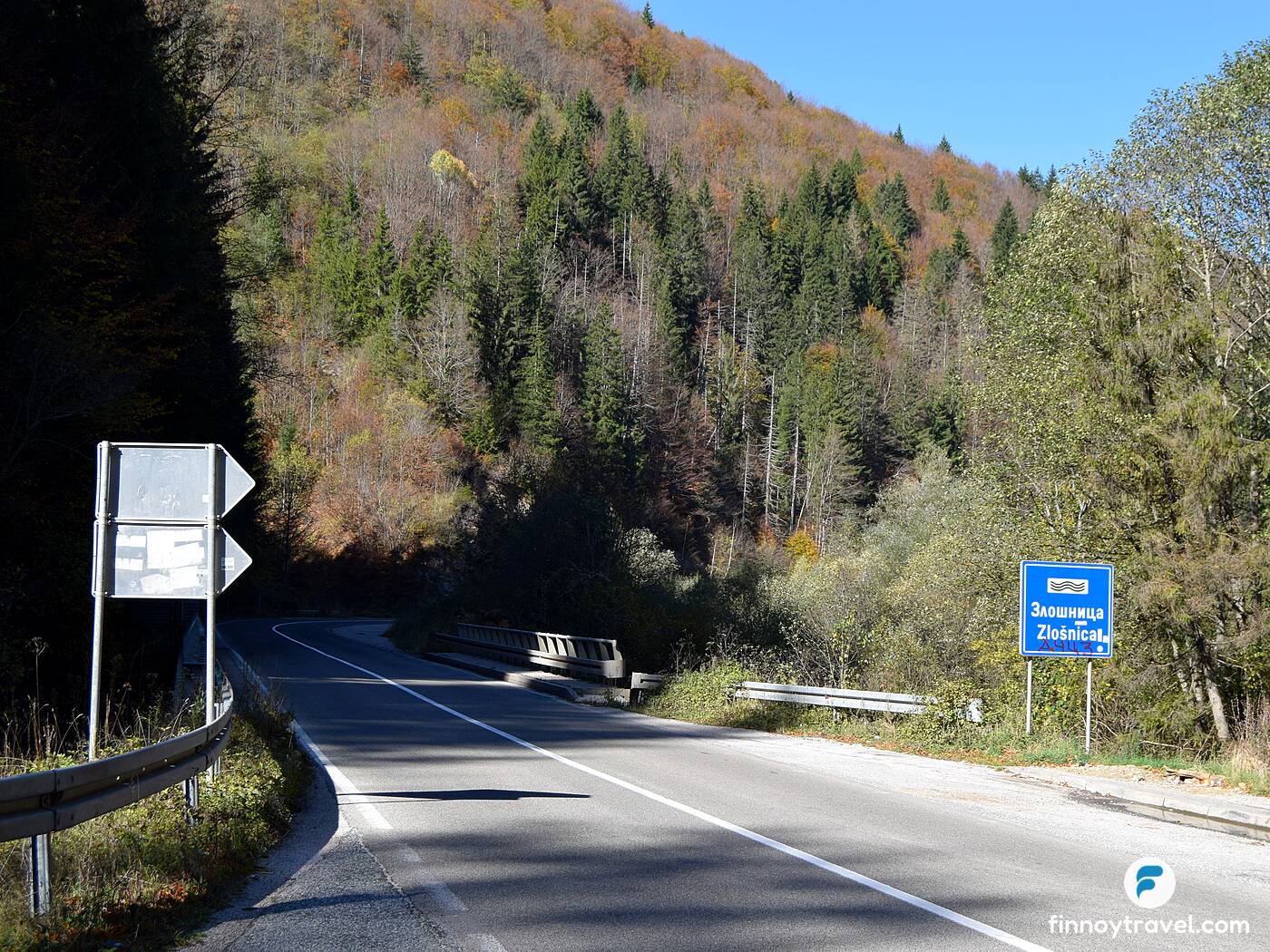
Drink Driving
Driving is illegal if you have more than 0.02% alcohol in your blood. Alcohol and driving are never a good combination.
Road Network
The cumulative distance covered by roads In Serbia stands at 45,419 kilometres. These thoroughfares are classified into two primary types: state roads, which extend for 16,179 kilometres, and municipal roads, which have a collective length of 23,780 kilometres.
Motorways
Motorways in Serbia, denoted by the prefix "A", serve as the country's high-speed road arteries. With 10 motorways, these routes facilitate efficient transportation across the region. Each motorway typically features two lanes in each direction, accommodating a steady traffic flow. The infrastructure is well-maintained, ensuring that the roads are in good condition. As for speed regulations, the maximum limit on these motorways is set at 130 km/h, allowing for swift yet regulated travel.
We found the A1 and A2 motorways to be calming. The A2 motorway, in particular, felt like it had just been built and was named the Miloš the Great Motorway. It required drivers, including ourselves, to pay a toll to keep the road in excellent condition. We conveniently paid the tolls using a debit card, with the fee typically amounting to around 5 euros based on the distance travelled.

Road tolls can be paid with debit/credit cards.
Highways
Beyond the motorways, Serbia's network of state roads often comprises a single lane per direction, reflecting a more traditional roadway design. The speed limit on these roads is typically set at 80 km/h, but it may be slower too. Roads are categorized into different classes, ranging from well-maintained, pleasant drives to more challenging conditions.

We noticed some roads were winding, narrow, and sometimes with surfaces needing repair. Interestingly, we found a general rule of thumb that suggests the larger the road number, the less favourable the expected driving conditions.

Overall, the state roads in Serbia were in good condition.
Mountain Roads
While not designated with a special prefix,Mountain roads in Serbia can be part of any classification except motorways. These routes often traverse the country's varied topography, including state roads that wind through the mountainous regions. Although high cliffs are uncommon, mountain roads can be quite sinuous and may present a driving challenge, especially for those unfamiliar with the terrain.
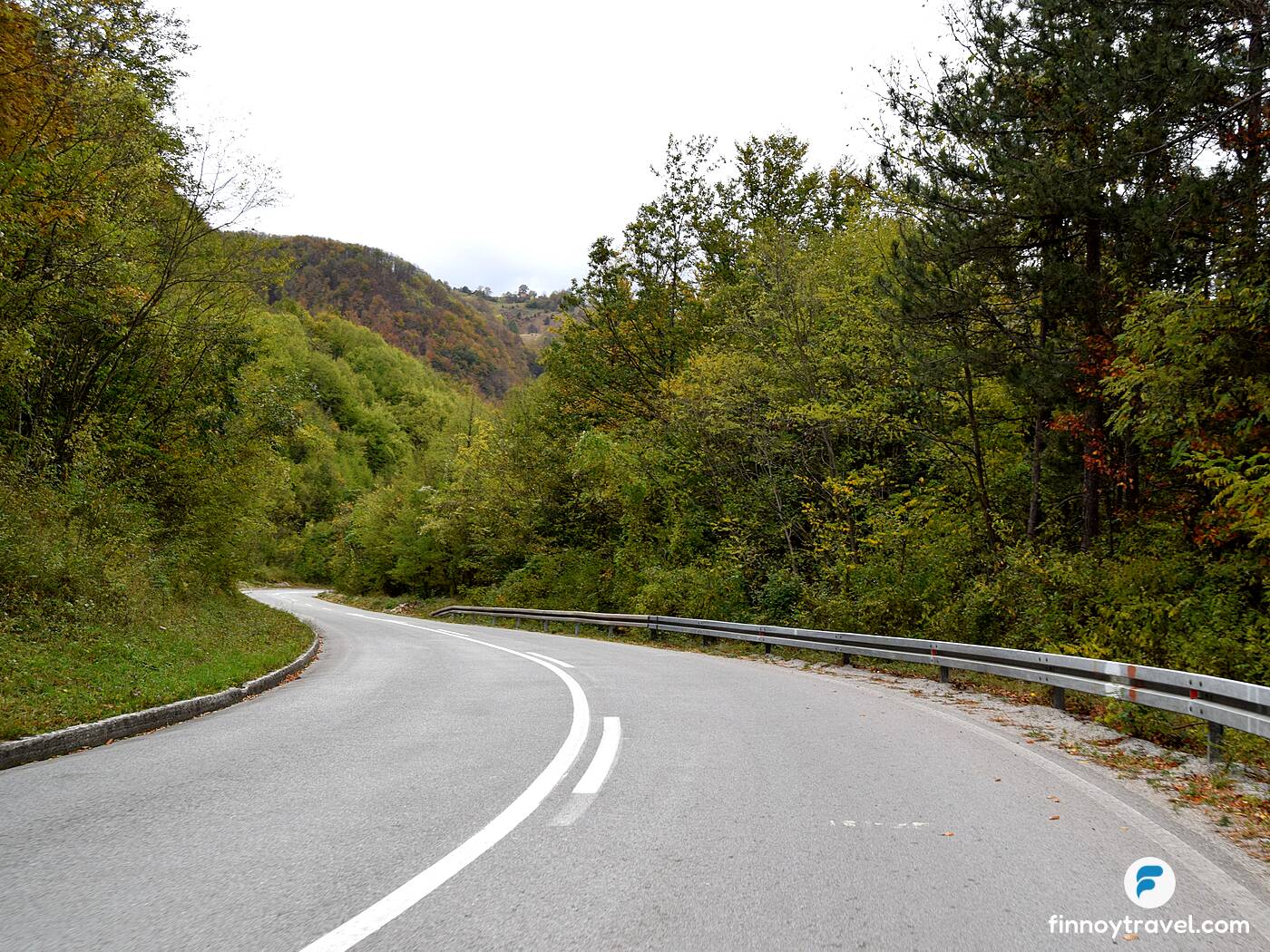
The speed limit on these roads is typically reduced to 60 km/h or lower, which can still be ambitious given the sharp curves and potential road conditions. For safety reasons, navigating these mountainous roads only during daylight hours is recommended, ensuring better visibility and a safer driving experience.
Urban Roads
Urban areas in Serbia are responsible for maintaining their network of roads. Notably, in places like Zlatibor and Belgrade, the urban road infrastructure was well-kept, reflecting the cities' commitment to providing quality transportation avenues.

Our Road trip
We drove about 800 kilometres in Serbia in less than a week.
Fetching the Car
We touched down at Belgrade Airport shortly after midnight. Due to ongoing renovations at the terminal, we did not find our car hire company, Carwiz, in the terminal. We had to spend considerable time locating the temporary rental office, a short distance from the terminal. Even local people were unaware of the new location.
After finding the office, we completed the necessary formalities, completing the rental paperwork and conducting a thorough inspection of the car to ensure it was in good condition. We set off for our hotel, eager to rest and recharge with a few hours of sleep after the late-night journey.

To Zlatibor via Rural Areas
On the second day of our trip, we continued straight to our second accommodation in Zlatibor. Rather than opting for the quickest route, we chose to take a scenic drive through the mountains to immerse ourselves more in nature's beauty. The journey extended beyond three hours, but the autumn day greeted us with sunny skies and warm temperatures, making for a pleasant and leisurely drive. The longer and slower mountain route offered us stunning views and a serene experience and proved fuel-efficient, a bonus to our travel adventure.
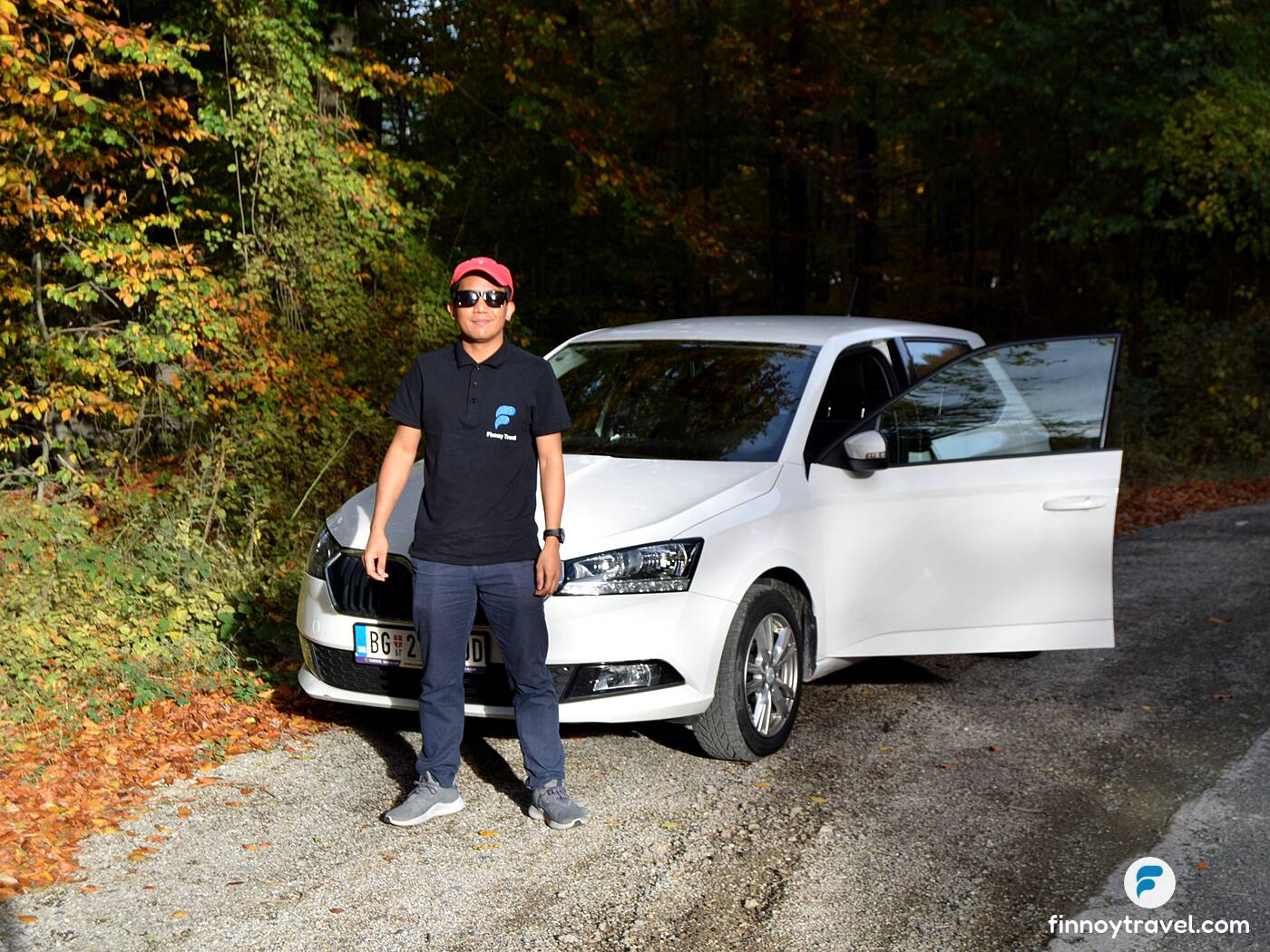
Exploring Zlatibor
Day three of our adventure took us to the scenic region near Zlatibor. Our journey began with a trip to the Mokra Gora station, where we experienced a ride on the nostalgic museum train known as the Sargan Eight. We can highly recommend taking a ride on this museum train.
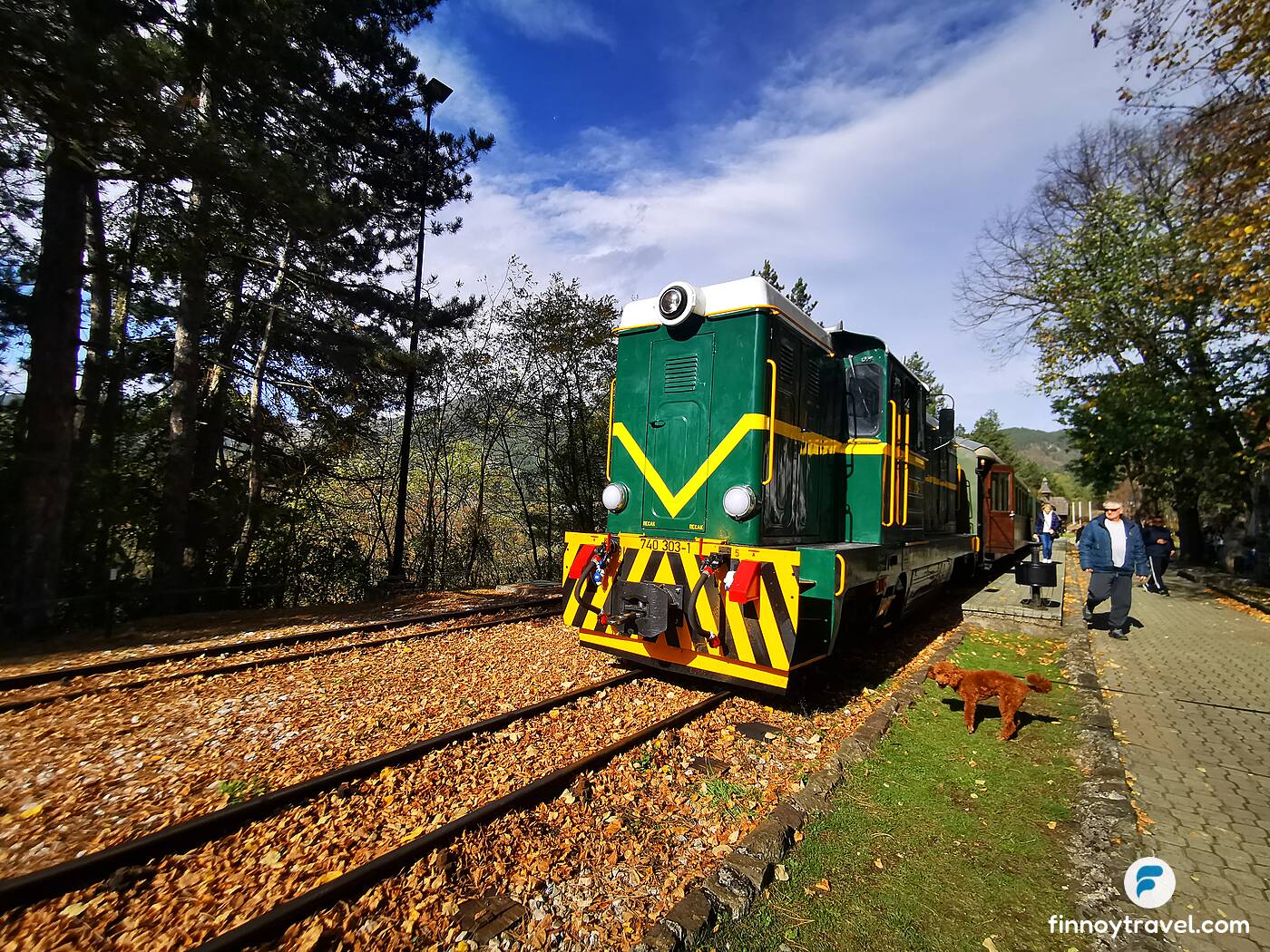
Next on our itinerary was a visit to the Drina River House, a quaint wooden cabin perched amid the Drina River. We capped off our day with an excursion to Tara National Park to enjoy its natural beauty and attractions.

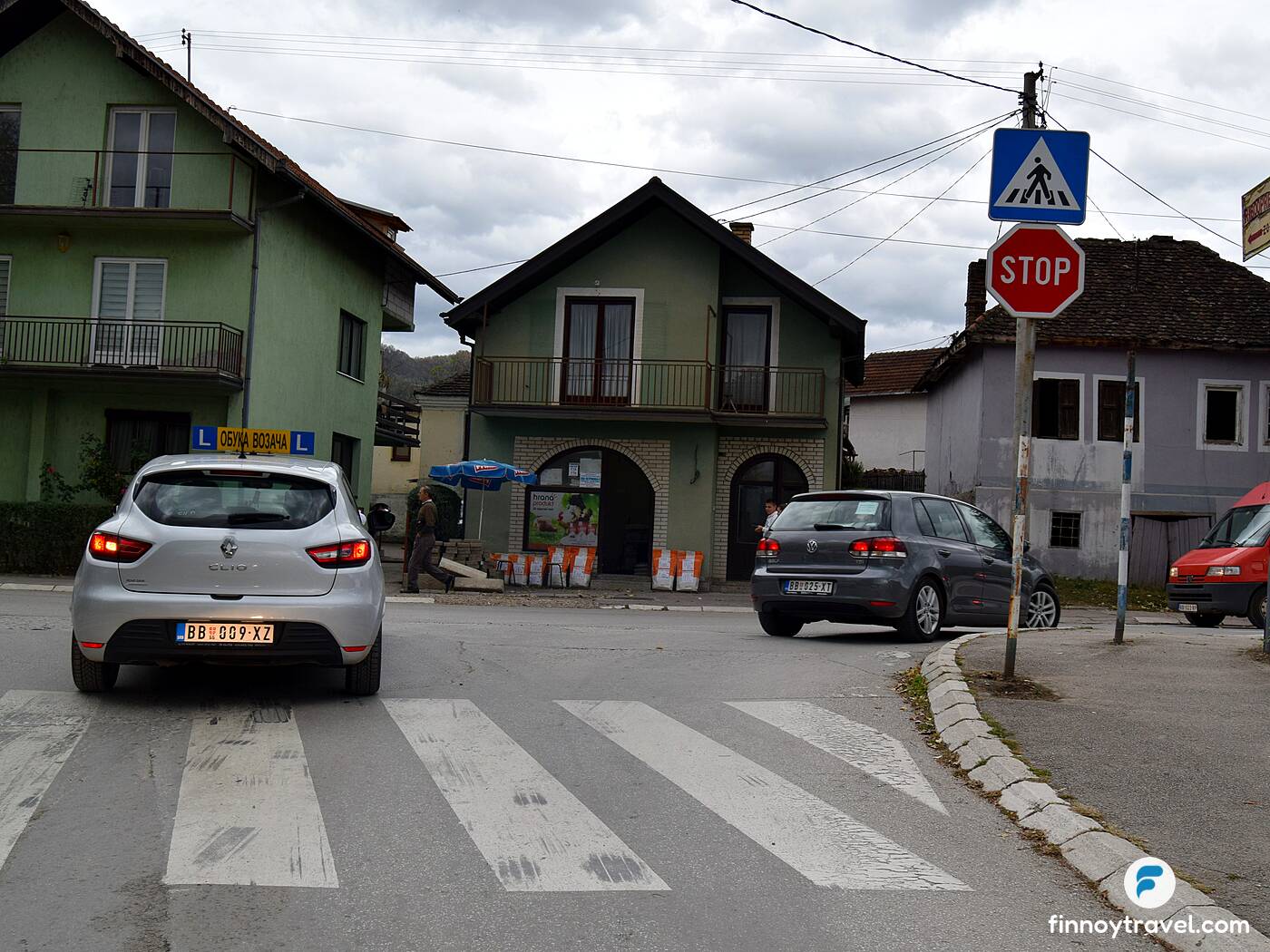
Seeing Uvac Nature Reserve
On the third day of our Serbian adventure, we started with a short drive to a local viewpoint that offered us a panoramic vista of Zlatibor's undulating landscape. After soaking in the area's serene beauty, we continued to Uvac Nature Reserve, another renowned viewpoint known for its breathtaking views. Along the way, we indulged in a cultural experience by stopping to enjoy a traditional Turkish coffee, a testament to the region's rich blend of cultural influences.
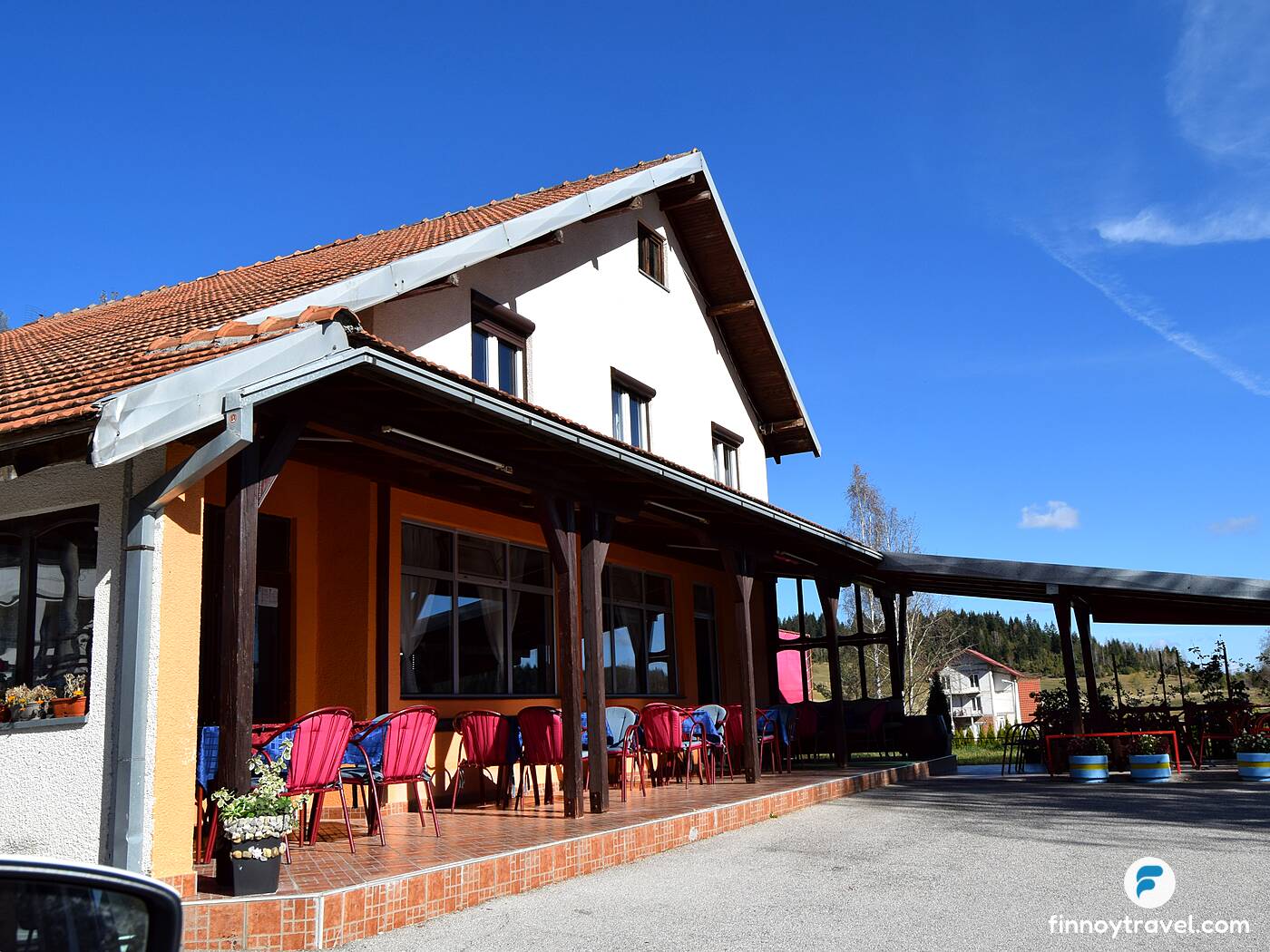

One of the greatest advantages of travelling during autumn is the tranquillity it offers. However, a minor drawback is that numerous commercial services may be closed during this time.
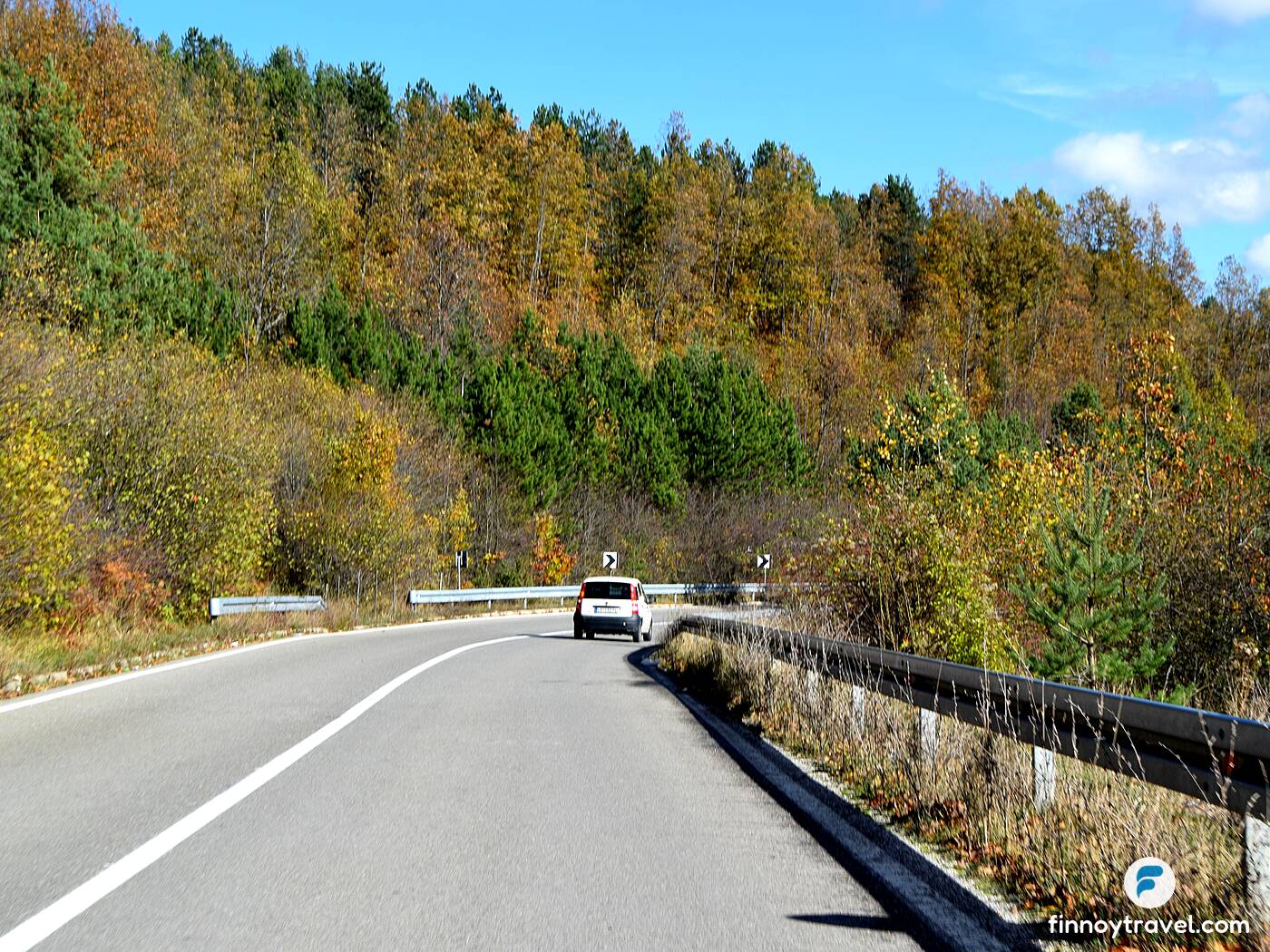
Locating the Uvac Nature Reserve proved to be a bit challenging as Google Maps did not accurately display all the roads. Additionally, we were uncertain about the availability and nature of the parking area. However, despite these initial concerns, we found our destination without encountering significant difficulties.


Back to Belgrade
We began our return drive to Belgrade as dusk approached. The trip was a lengthy four-hour endeavour. We encountered difficulties with Google Maps offering bad directions, compounded by numerous road construction sites that delayed our progress. With the onset of darkness, we continued our journey through the night. Although driving in the deep forest after dark presented its own set of challenges, the tranquillity of the evening roads provided a peaceful conclusion to our day, giving us time to contemplate the natural and cultural splendours we had experienced.

City Driving in Belgrad
On the fourth day, we explored Belgrade by car.
Driving in the centre of Belgrade was a challenging experience. One of the most daunting aspects is the rapid traffic flow, which leaves little time to observe and react to traffic signs. This was particularly nerve-wracking.
Additionally, there is a particular driving culture in Belgrade where local drivers are known to be impatient, often resorting to honking their horns if they feel that the car in front of them is moving too slowly. This created stressful environments, as we felt the pressure to keep up with the pace of the traffic while simultaneously trying to navigate through an unfamiliar city.
We recommend that visitors avoid driving in the Belgrade city centre. Alternatives such as public transportation, taxis, or ride-sharing services can provide a less stressful and potentially safer option for getting around the city. These alternatives alleviate the pressure of driving in heavy traffic and eliminate the hassle of parking in the crowded city centre.
Returning to the Airport
After spending five days in Serbia, we concluded our car rental and returned the vehicle to Carwiz at Belgrade Airport. The car was inspected promptly, and the necessary paperwork was efficiently completed. The entire process was seamless and without any issues.

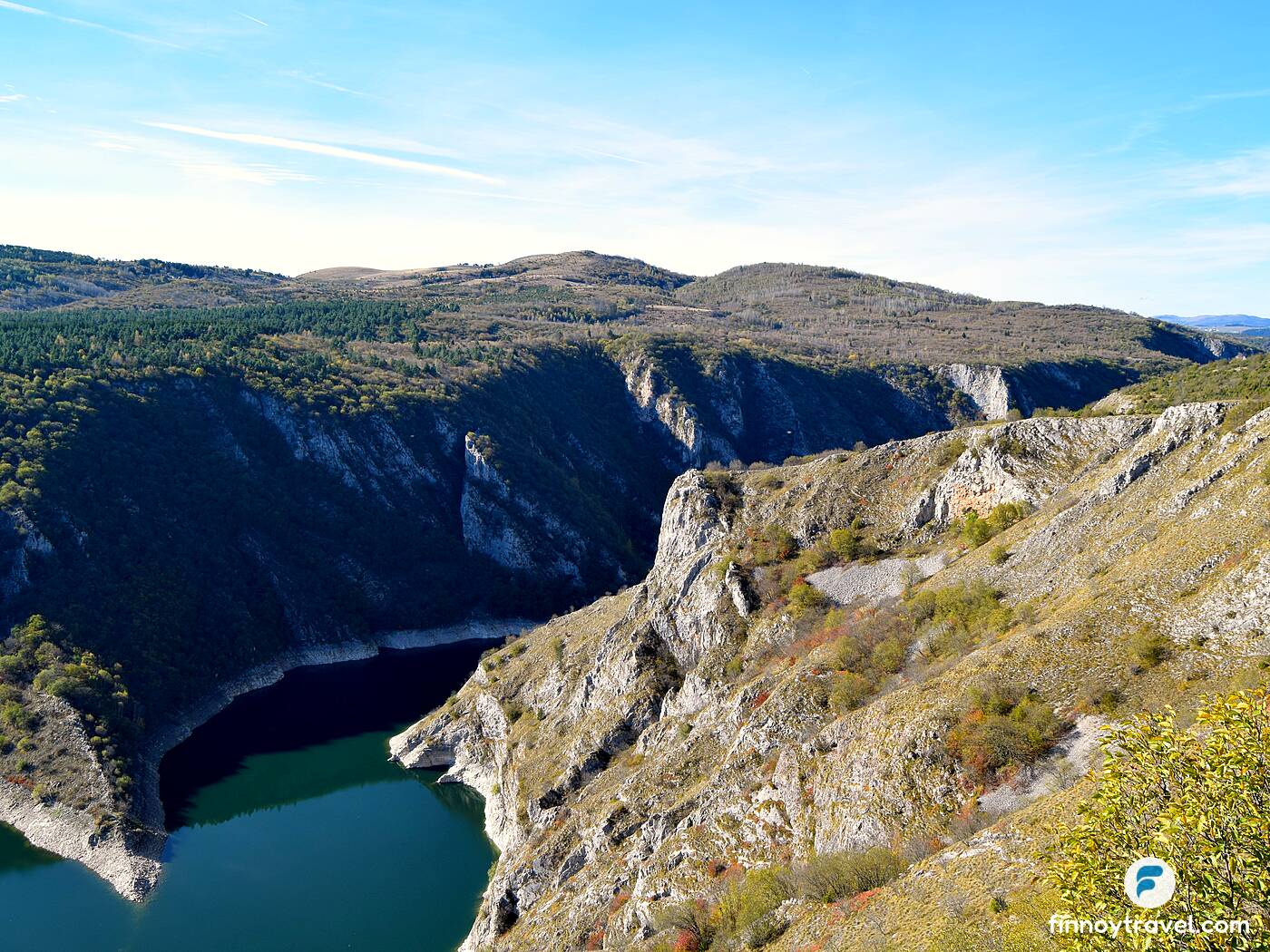
Driving Tips
We list our best tips for smooth driving in Serbia based on what we experienced ourselves.
Night Driving
Driving at night on mountainous terrain presents its difficulties. The roads tend to curve sharply, and the lack of street lighting can impair visibility. You may also find that local drivers, accustomed to these conditions, will often pass you due to their faster speed.

Should you choose to navigate these more minor roads after dark, it's essential to be familiar with the operation of your vehicle's lighting. It's advisable to travel at speeds lower than the posted limits to afford yourself additional time to react to your surroundings.
City Driving
Highway driving tends to be less stressful compared to navigating through city streets. We recommend reserving accommodations on the outskirts of city centres to avoid the most demanding traffic conditions. Parking will then be easier too.
If you must drive through the busiest areas, maintain a cautious speed, even if you encounter impatient drivers honking at you. Being in unfamiliar territory, allowing yourself extra time to manoeuvre safely is sensible.
Not all traffic signs in Serbia have English texts.
Parking
Parking in the countryside and at various attractions was typically a breeze, with ample and spacious parking areas readily available.
Regarding city parking, the situation was more complex due to the scarcity of free spots, the compact nature of available spaces, and the confusion surrounding payment methods. For instance, finding an available parking spot in the centre of Belgrade was quite a challenge, as most were already taken.
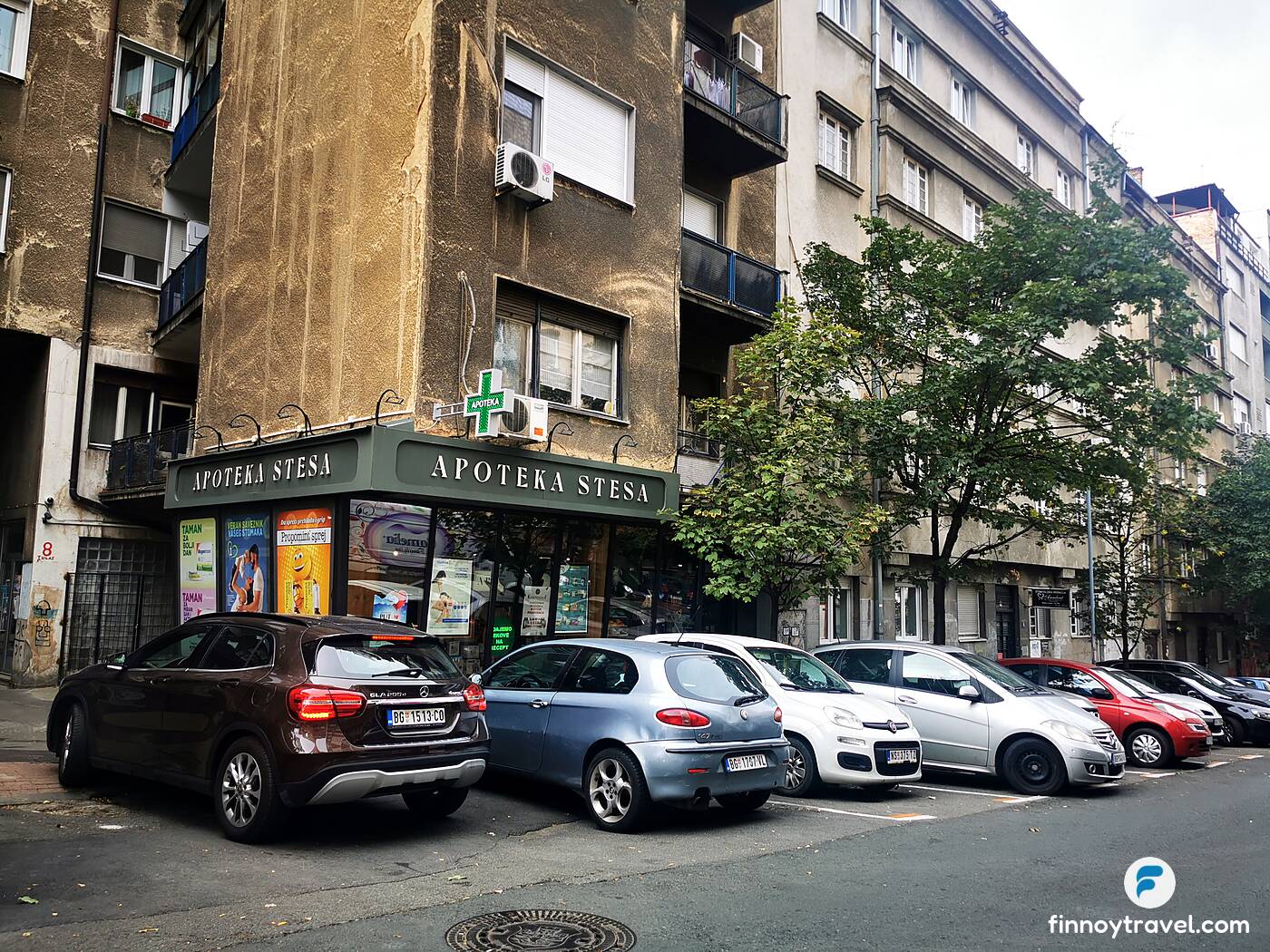
If you are fortunate enough to find one, it is important to know that payment is usually required through a specific parking app, Parking Servis. Additionally, while parking garages are preferable in Belgrade due to their security and location, they can also experience high occupancy levels. Hence, it's wise to plan for city parking.
All the functions of Google Maps do not work without a data connection.
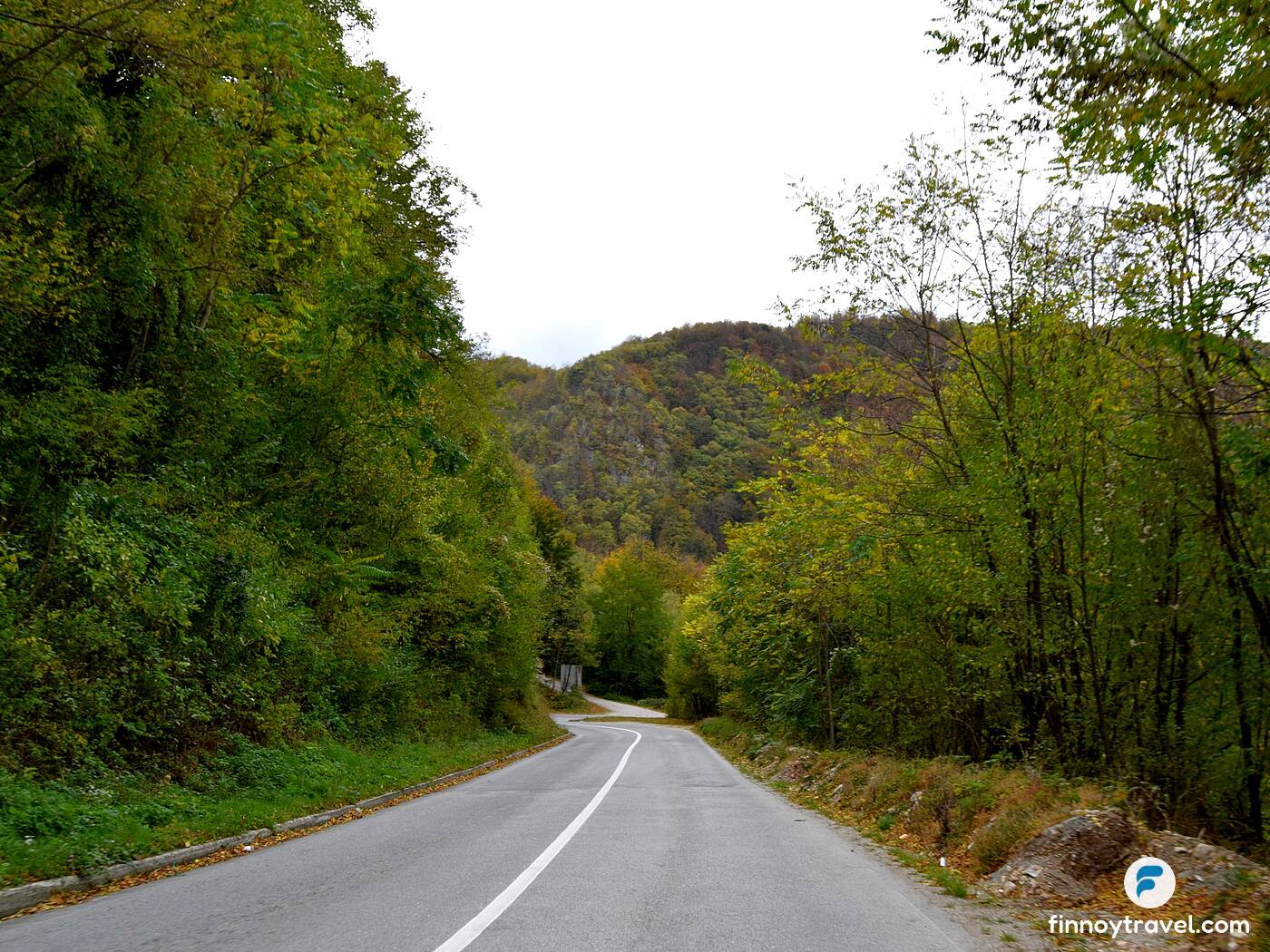

Navigation
Navigation in Serbia is simple with a navigator. The road signs are also evident. We advise double-checking the instructions given by Google Maps because they are sometimes incorrect.
Refueling
In Serbia, you'll find an abundance of petrol stations, making it convenient to keep your vehicle fueled during your travels. Compared to many other European countries, the price of fuel in Serbia was relatively inexpensive, which was a pleasant surprise for us.

Another notable service feature was that fuel stations often had attendants who filled up the car for us, adding an element of convenience. Once our tank was full, we needed to visit the cashier to settle the payment for the fuel. These establishments widely accepted credit cards, offering a smooth transaction process for local and foreign drivers.
Where to Hire Car in Serbia
Hiring a car from a reliable company is important. Carwiz was one of them.
Our preferred car rental comparison site is Discover Cars. We suggest using this platform to compare cars and rental companies before booking the perfect vehicle. Additionally, the website offers affordable full protection plans that cover any excess costs in case of car damage. It is important to consider these protections as minor scratches are quite common and can result in additional expenses without proper coverage.
Insurance and Protections
Never travel without travel medical insurance. You can buy one from SafetyWing with a few clicks.
While rental cars typically have decent insurance coverage, the excess amount can be quite high. In the event of damage, you may be required to pay up to that specified amount. To ensure a stress-free driving experience, we highly recommend purchasing additional protection from Discover Cars.
Common Questions
- What are the default speed limits in Serbia?
- It is 50 km/h in the urban areas, and it is 80 km/h outside the urban areas.
- Are there motorways in Serbia?
- Yes, there are many of them, and they are in good condition.
- Are there road tolls in Serbia?
- At least, on the motorway A2, there is a road toll. The toll costs a few euros.
- Are there mountain roads in Serbia?
- Yes, there are. They are not especially scary, and they are quite relaxing to drive.
- Where should I hire a car in Serbia?
- We recommend comparing car hire companies on Discover Cars.
- Is parking difficult in Serbia?
- In the countryside, you can find plenty of free parking places. In the cities, it is much more challenging and expensive.
- What is the most important thing to know when driving in Serbia?
- There are many important things, but one notable upside is that you can turn right even when you have a red signal.
Bottom Line
Driving in Serbia surpassed our expectations, as we were greeted with scenic views that we had anticipated. The traffic was quite relaxed, and the roads were well-maintained. Our trip was smooth and enjoyable, leaving us with a positive experience.
It's crucial to allocate ample time for driving in Serbia, considering the long distances despite the country's small size. During winter, early darkness poses a challenge, making driving more difficult. We imagine that Serbia must be even more stunning in the summer, although the heat could be intense.
If you've had the chance to drive in Serbia, we would love to hear about your experiences! Feel free to share them below.



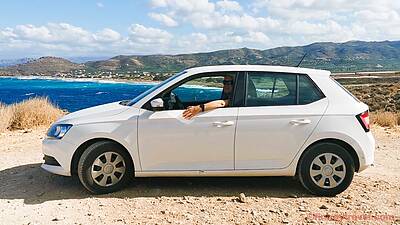
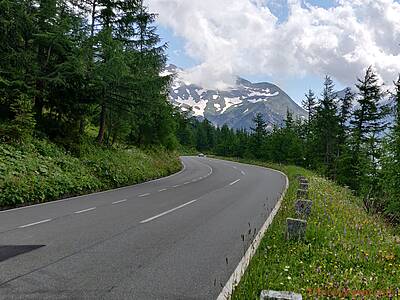
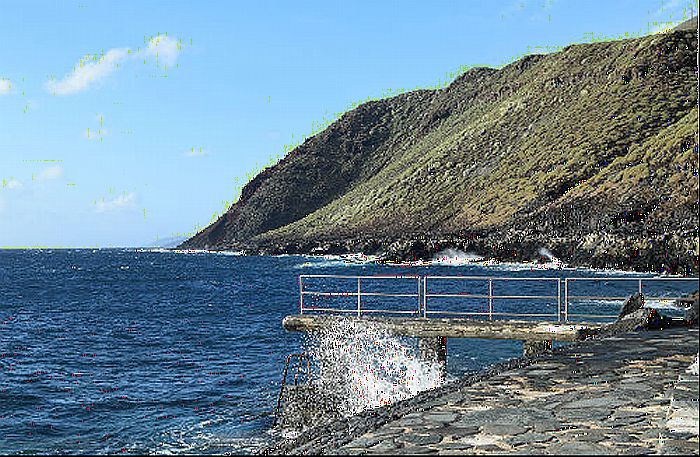
Add Comment
Comments